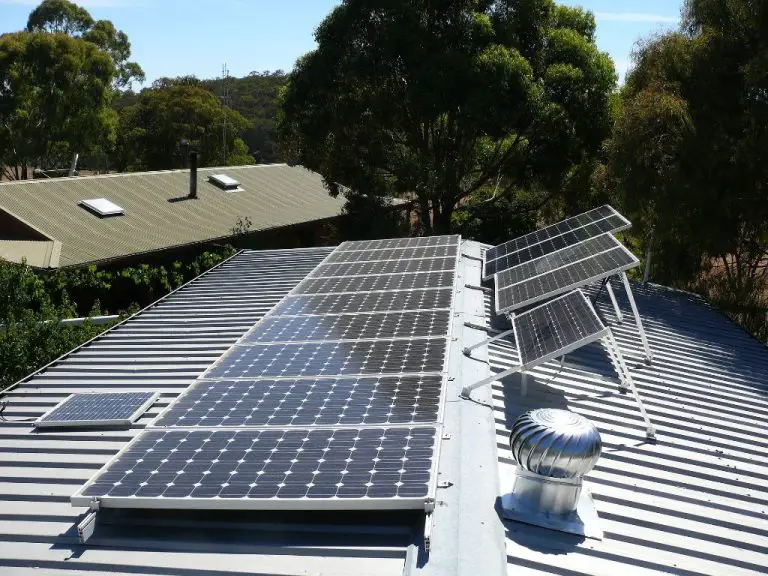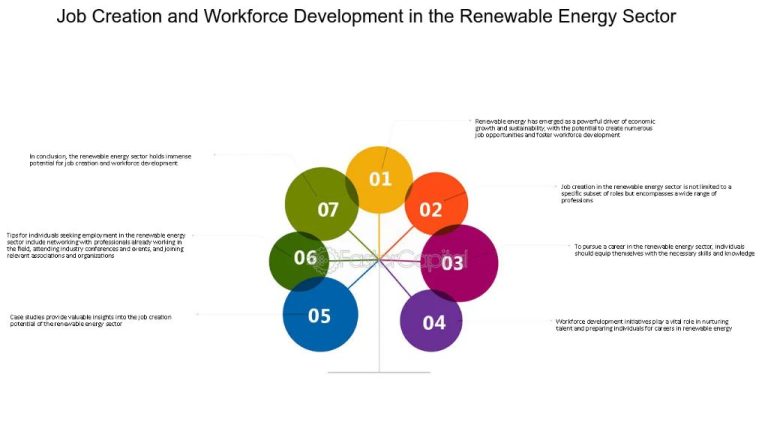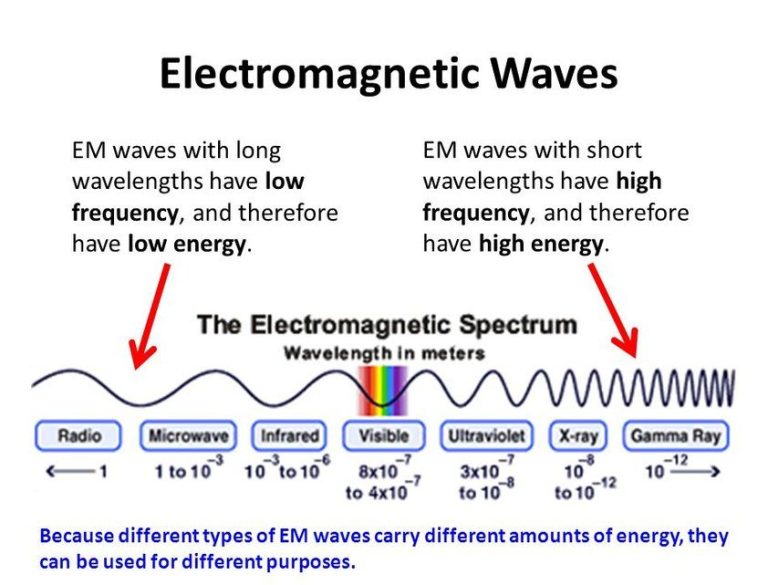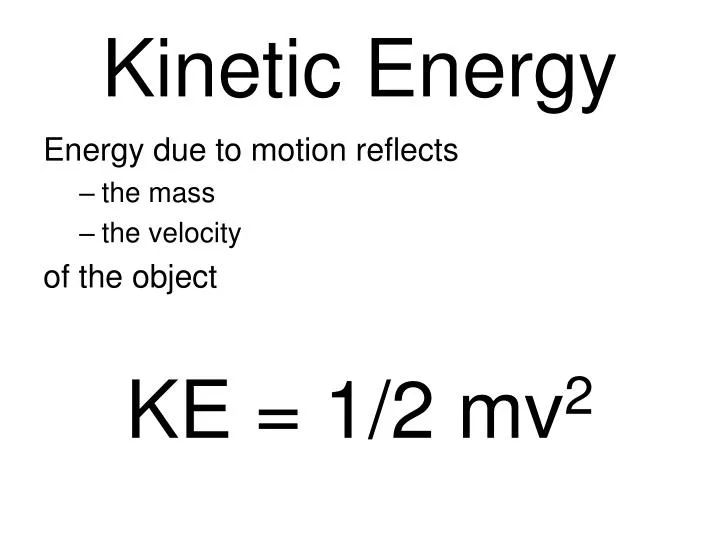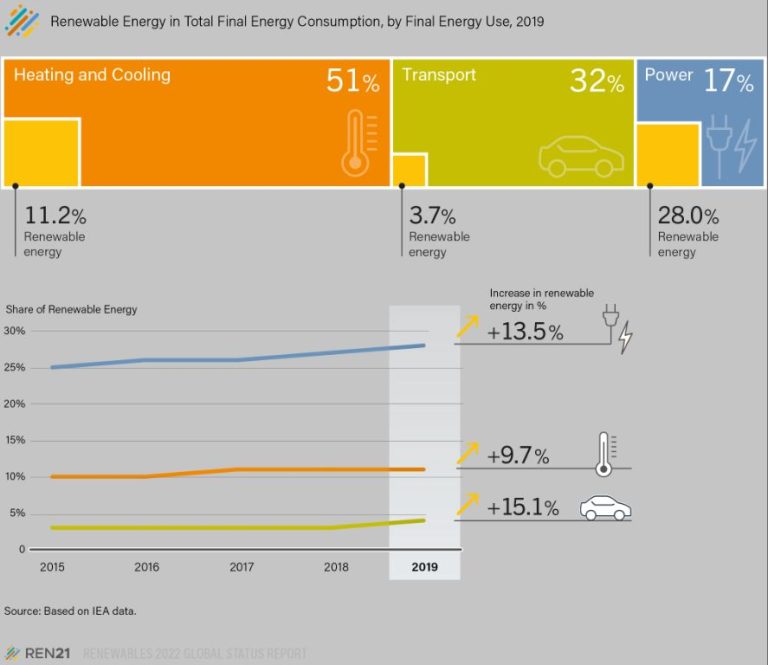What Are Five Benefits Of Using Renewable Resources?
Renewables Mitigate Climate Change
Renewable energy sources like solar, wind, and hydropower produce little to no greenhouse gas emissions during their operations. This is a major benefit compared to fossil fuels like coal, oil, and natural gas, which produce substantial emissions of carbon dioxide and other pollutants when burned. Increased use of renewables can significantly reduce the greenhouse gas emissions associated with electricity generation and other energy uses.
If renewable energy sources are used to replace fossil fuel power plants, they can meaningfully lower the carbon footprint of energy supply. The more that renewables satisfy energy demand in place of coal, oil, and natural gas, the fewer emissions will be released into the atmosphere. This is crucial for mitigating the impacts of climate change driven by greenhouse gas accumulations. Renewables allow for economic growth, rising standards of living, and other human development goals to continue with minimized climate disruption.
Improved Public Health
Renewable energy sources like solar, wind, and hydropower produce little to no air pollution compared to burning fossil fuels like coal and natural gas. This leads to improved air quality and benefits human health.
An increase in renewable energy generation reduces air pollutants like particulate matter, nitrogen oxides, and sulfur dioxide. This leads to a decrease in smog, respiratory problems, and diseases like asthma. Cleaner air prevents thousands of premature deaths each year.
In addition, renewable energy systems do not produce the toxic chemicals and pollutants released from mining, drilling, transporting, and burning fossil fuels. Contaminants like mercury, arsenic, and lead pose serious health risks through water and food sources. Greater adoption of renewable technologies reduces these harmful chemicals and improves drinking water quality, human health, and ecosystem wellbeing.
Economic Growth and Jobs
Investment in renewable energy sources like solar, wind, and geothermal helps drive economic growth by spurring research, development, and job creation. According to the International Renewable Energy Agency (IRENA), global renewable energy employment reached 11 million jobs in 2018, and doubling renewables in the energy mix could increase employment to over 42 million by 2050.
The renewable energy sector also draws substantial investment for manufacturing facilities, construction, and more. The U.S. attracted over $55 billion in renewable energy investments in 2016 alone. These investments ripple through the economy, supporting jobs not only in the renewable sector but also among suppliers and service providers.
In addition to investment and employment, renewables help expand energy access to rural and remote areas. Over 1 billion people worldwide lack access to electricity, concentrated mostly in Africa and developing parts of Asia. Renewable mini-grid systems and off-grid solar solutions enable communities to leapfrog traditional grid infrastructure and gain access to reliable, affordable electricity. This energy access powers economic development by enabling new industries, businesses, jobs and opportunities.
Energy Independence and Security
A major benefit of using renewable energy is providing energy independence and security. Renewable energy generated locally reduces the need for imports of fossil fuels to meet energy demand. Less reliance on imported fuels protects a country’s energy security.
Many renewable energy sources like wind and solar are generated and distributed locally. Local renewable production provides energy independence by reducing imports of non-renewable resources from other countries. Energy independence allows countries to determine their own energy future.
Furthermore, distributed renewable energy reduces dependence on centralized power plants and transmission infrastructure that are vulnerable to supply disruptions from natural disasters, terrorism, and technical failures. A distributed grid using local renewables is less susceptible to outages that can knock out entire regional or national grids. Renewable microgrids can provide “energy islands” to keep essential services running if the main grid goes down. The decentralized nature of renewable resources provides greater grid reliability and resilience.
Cost Savings
Renewable energy sources like solar and wind have zero fuel costs. Once the infrastructure is in place, the fuel is free. This provides a hedge against the often volatile pricing of fossil fuels like oil and natural gas. It also helps avoid unpredictable price hikes from fuel suppliers.
Though renewables may require high upfront capital costs, their lower operating costs over the long term often make them cheaper than conventional sources. There are virtually no costs for their fuel, and only minimal costs for operation and maintenance. The fuel itself arrives free with the sun and wind. This predictability and price stability of renewable power can benefit companies and consumers alike.
Reliable Energy
Many renewables like wind, solar, and hydro provide stable power. Though individual renewable projects can experience intermittent output, combining renewable sources and balancing their power across wider geographic areas can produce consistent and dependable electricity. For example, a dip in wind power on a calm day can be offset by abundant solar power. Similarly, hydropower can help balance solar and wind power by storing energy via pumped hydro storage. With grid upgrades and improved storage solutions, the variability of renewable resources can be effectively managed.
Geothermal and tidal power provide uninterrupted baseload power. Geothermal taps the constant heat beneath the earth’s surface to generate steady stream of electricity, acting as a 24/7 clean power source. Tidal power harnesses the reliable twice-daily ocean tides to produce consistent renewable electricity. Both geothermal and tidal energy are not weather-dependent and have high capacity factors, giving them the ability to offer reliable baseload power like fossil fuels but without the carbon emissions.
Abundant Supply
Renewables like solar, wind, hydro and geothermal will never run out unlike finite fossil fuels. The potential to scale up renewable energy capacity is enormous. The amount of solar energy hitting the earth’s surface each hour is greater than the total energy consumed by humans in an entire year. Wind power also has vast potential, as wind turbines can be installed on land and offshore. Hydropower is already the most widely-used renewable source globally. Geothermal energy from heat inside the earth can provide stable baseload power. Renewables are not constrained by geological formations and can expand exponentially. Even if only a fraction of the available renewable resources were tapped, it would be more than enough to meet global energy needs now and far into the future.
Technological Innovation
The renewable energy sector has spurred significant technological innovation in energy generation, storage, and distribution. As countries and companies have invested billions into renewable research and deployment, dramatic improvements have been made in solar panel efficiency, wind turbine output, battery storage capacity, smart grids, and more. These breakthroughs have opened up new opportunities for high-tech jobs and economic growth.
The renewable industry requires highly-skilled workers to design, manufacture, install, and maintain technologies like solar arrays, wind farms, geothermal plants, and smart grids. Renewable energy companies provide well-paying jobs for electrical engineers, technicians, construction workers, project managers, and more. As renewable adoption expands globally, the industry is poised to be an engine for job creation and a source of economic prosperity.
In addition to direct jobs in the renewable sector, clean energy stimulates growth in supporting industries such as electric vehicle manufacturing, energy storage, and digital energy management services. The transition towards renewables is catalyzing innovation across the entire energy value chain. Countries and companies that lead in renewable tech development can gain a competitive edge and capture new export markets. The renewable revolution is not just about cleaner energy, it is transforming the technological landscape and creating opportunities for the economies of the future.
Lower Environmental Impact
Renewable energy sources like solar, wind, geothermal and hydropower have a much smaller environmental footprint compared to fossil fuels. Fossil fuel extraction and combustion generate massive amounts of toxic waste, air and water pollution, habitat destruction and contamination that renewables simply do not produce.
The mining, drilling, fracking and transportation of coal, oil and gas completely decimate natural landscapes, often in pristine and sensitive areas. The ecosystem damage from an oil spill or blown oil rig can last for decades. In contrast, renewable installations like wind turbines, solar panels and dams occupy a small physical footprint that allows most natural habitat to remain intact.
Fossil fuel emissions also pollute the air we breathe and the water we drink. Burning coal emits mercury, sulfur dioxide, nitrogen oxides, particulate matter and other toxins linked to acid rain, smog, respiratory disease and premature death. The clean, emission-free nature of renewable energy prevents this air and water pollution from ever occurring.
Overall, renewable energy has an enormously lower impact on the environment compared to the massive habitat destruction, air/water pollution and waste created by fossil fuels. The transition to renewables promises a much cleaner, sustainable future.
Sustainability
Renewable energy sources provide sustainable energy for current and future generations. Unlike finite fossil fuels that will eventually run out, most renewables like solar and wind will not deplete. Renewable energy technologies are constantly improving, getting more efficient and cheaper over time. Switching to renewables now helps ensure adequate and affordable energy for the long-term future, whereas continued reliance on fossil fuels puts future energy security at risk. Renewable resources replenish naturally, allowing them to be harvested continually. Water power from rivers continues flowing. Wind keeps blowing. Sunshine keeps shining. Plants keep growing for biomass. The earth’s heat persists underground for geothermal. While the availability of renewables depends on location and weather, they will not run out like oil and gas.


